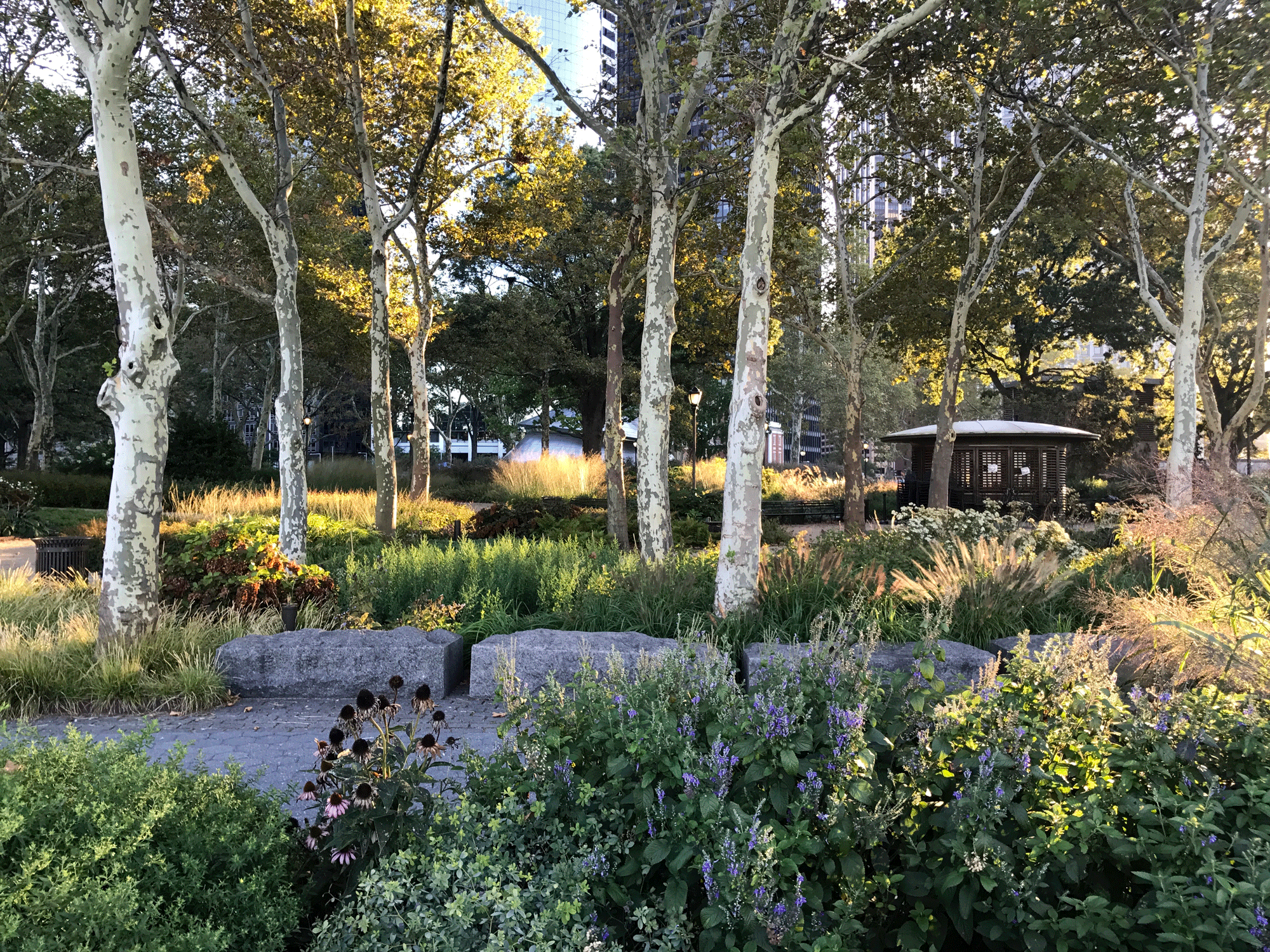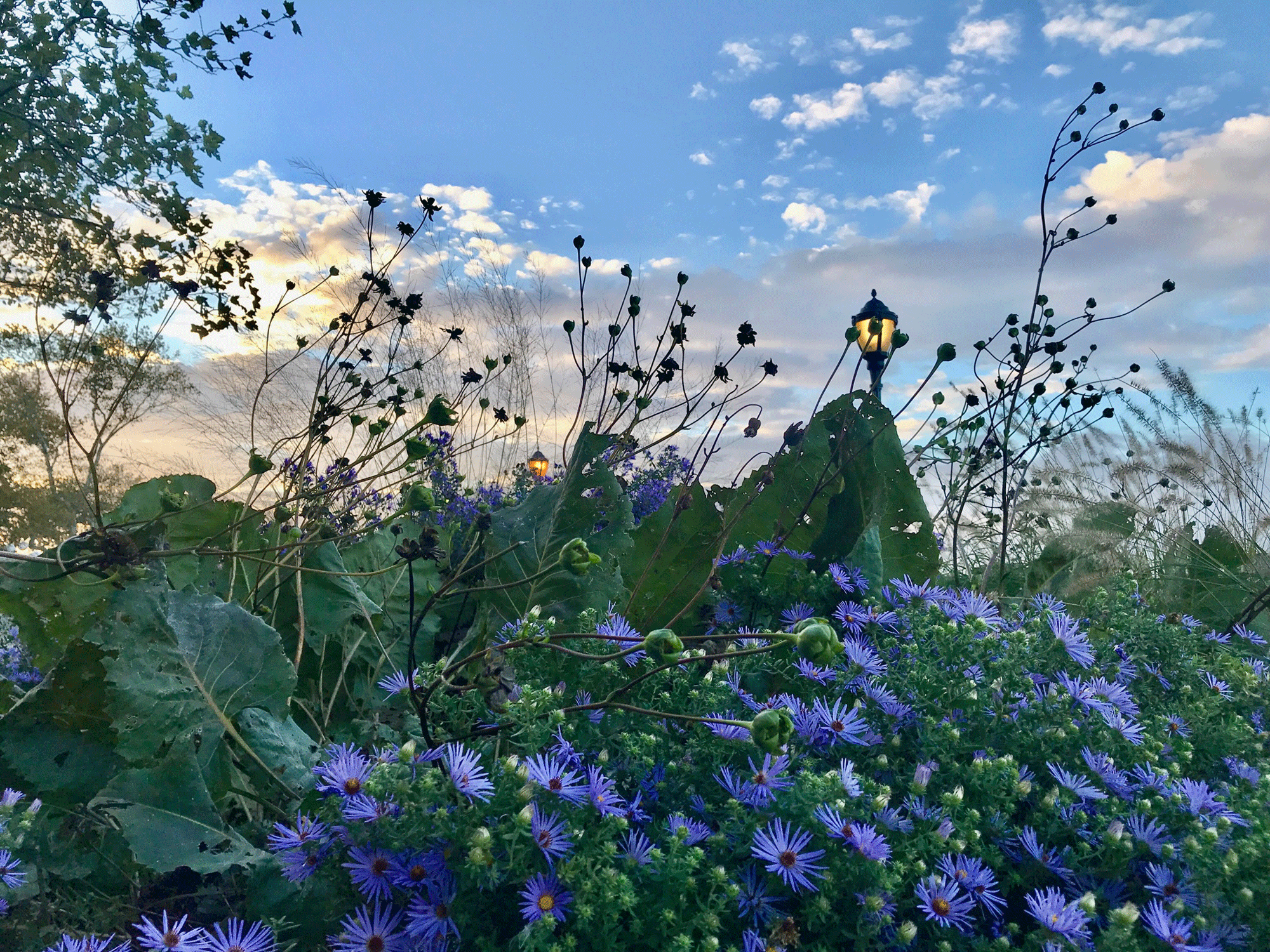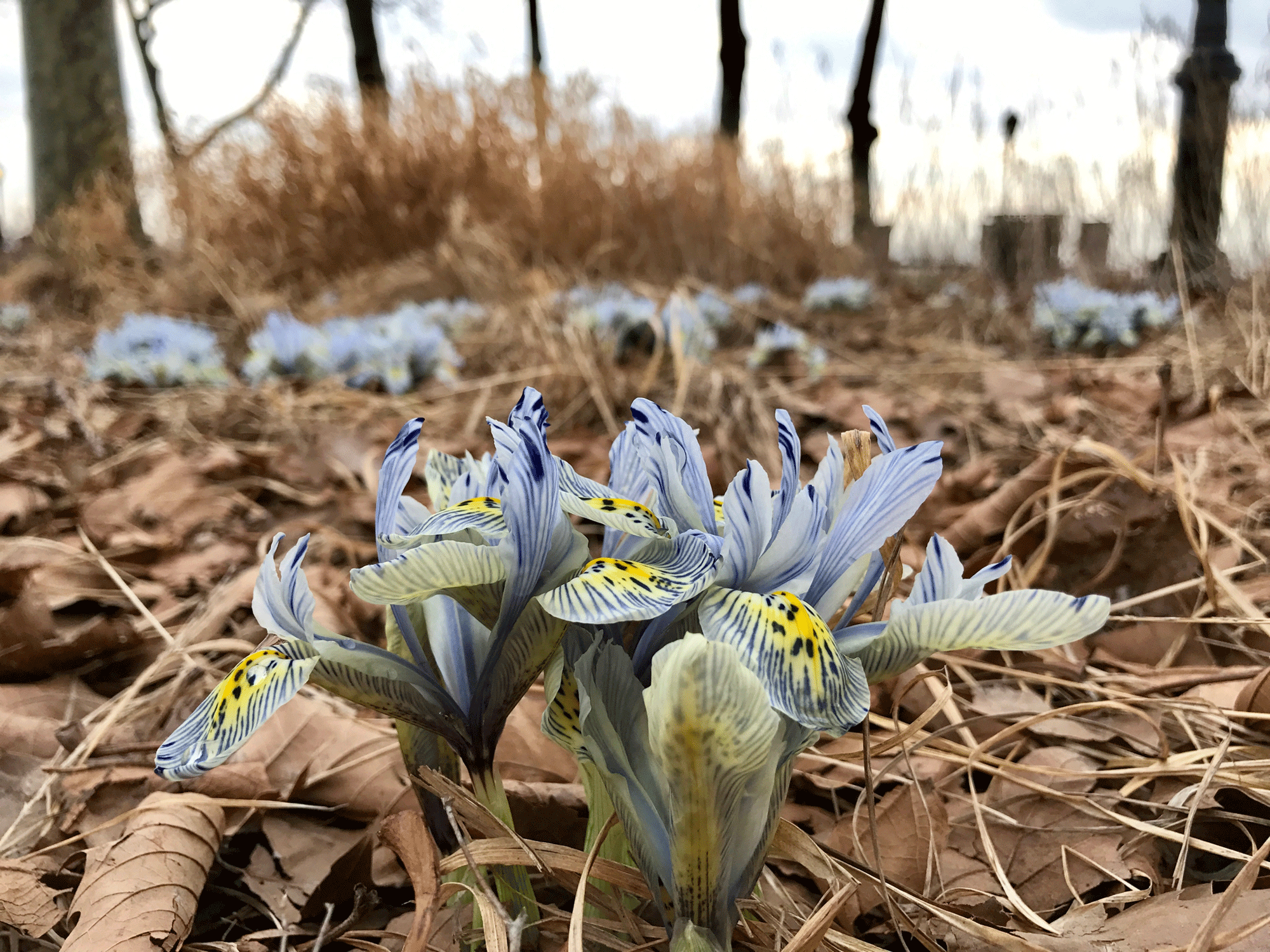Greening NYC with Piet Oudolf’s New Perennialism movement
Architect Elliet Spring lived in New York for most of her twenties. On her recent return, she was greeted by a different city: no longer so much a concrete jungle, but a city layered with rich, generous vegetation – from the High Line to The Battery. The turn has been in no small measure the influence of one person, Dutch garden designer Piet Oudolf. Here, Elliet looks at Piet’s seasonally sensitive, emotionally rich approach to planting, which has spanned a movement: New Perennialism.
Everyone has a sense of New York: rows of brownstones, frosty mornings in Central Park, lovers holding hands on Brooklyn Bridge, the Staten Island Ferry powering past the Statue of Liberty. Having lived in New York for most of my twenties, I really felt I knew its character, even though I had only returned for sporadic and often fleeting visits. So, it was a surprise for to me to revisit New York in late 2018 and find the city quite different from what I remembered. While, of course, the city has grown – the result of too many urban renewal projects to list – what struck me the most was a new layer of urban greening, a new planting character clearly derived from the hugely influential New Perennial Movement.

I first noticed this as I was approaching Brooklyn Bridge from downtown Brooklyn one morning. Instead of squeezing though the concrete cattle chute, as it was aptly known, to access the bridge’s famous pedestrian boardwalk, I noticed I was enjoying a generous pedestrian path, with rich and dense planting separating me from the roaring traffic to either side. The planting was a layered palette of perennial grasses, yellow cone flowers, roses and pin oaks, reminding me instantly of the High Line and Gardens of Remembrance at Manhattan’s The Battery, both planted by Dutch superstar garden designer, Piet Oudolf.
As I proceeded across the bridge, I stopped to take in Brooklyn Bridge Park below, which had evolved in the years since my last visit to New York, when the planting was just establishing itself. Now, from this vantage point, I could see clouds of brown switchgrass interrupted by yellowing chestnut oaks and black tupelos. When I visited the park a few days later, I was struck by the similarities between the naturalist approach to planting taken there and that of the Brooklyn Bridge walkway, The Battery and the High Line. Had Piet done it again? Had he installed himself in the New York Parks Department and single-handedly redefined the city?
In fact, I was wrong; neither Brooklyn project was the work of Piet. But perhaps that makes it more pertinent: whether designed by Piet or not, his New Perennial style of planting has clearly captured the imagination of New York’s planting designers. A new planting character has emerged.
Unlike annuals and biennials, which live for only a year or two, perennials are plants that live for a number of years (anywhere from three to over 100 years). While a tree is technically a perennial, Piet, following in the footsteps of Dutch garden designer Mien Ruys, focused on herbaceous perennials, which die down to the ground over winter and emerge in the spring.
Piet Oudolf was born in 1944 in the Netherlands. Originally educated in the broader design of landscape spaces, he found himself fascinated by the intricacies of different plants: their structures, colours, leaf shapes and scales. Interested in experimentation, and keen to source plants not commonly used in the Netherlands at the time, Piet and his wife Anja moved to Hummelo, a village around 100 kilometres east of Amsterdam, where they found the space they needed. The pair opened their own nursery where they started to experiment with different plant varieties; in particular, perennials.
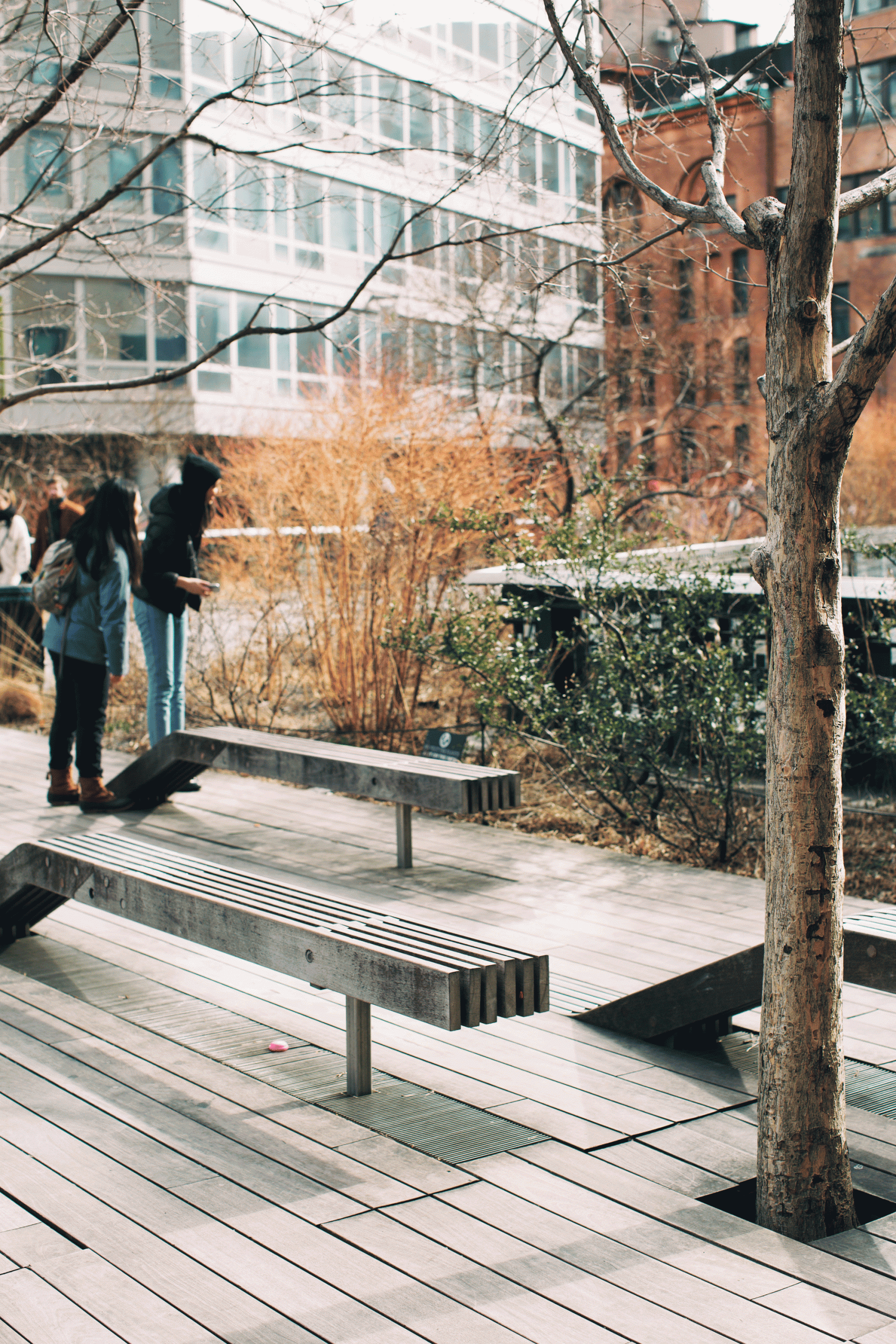
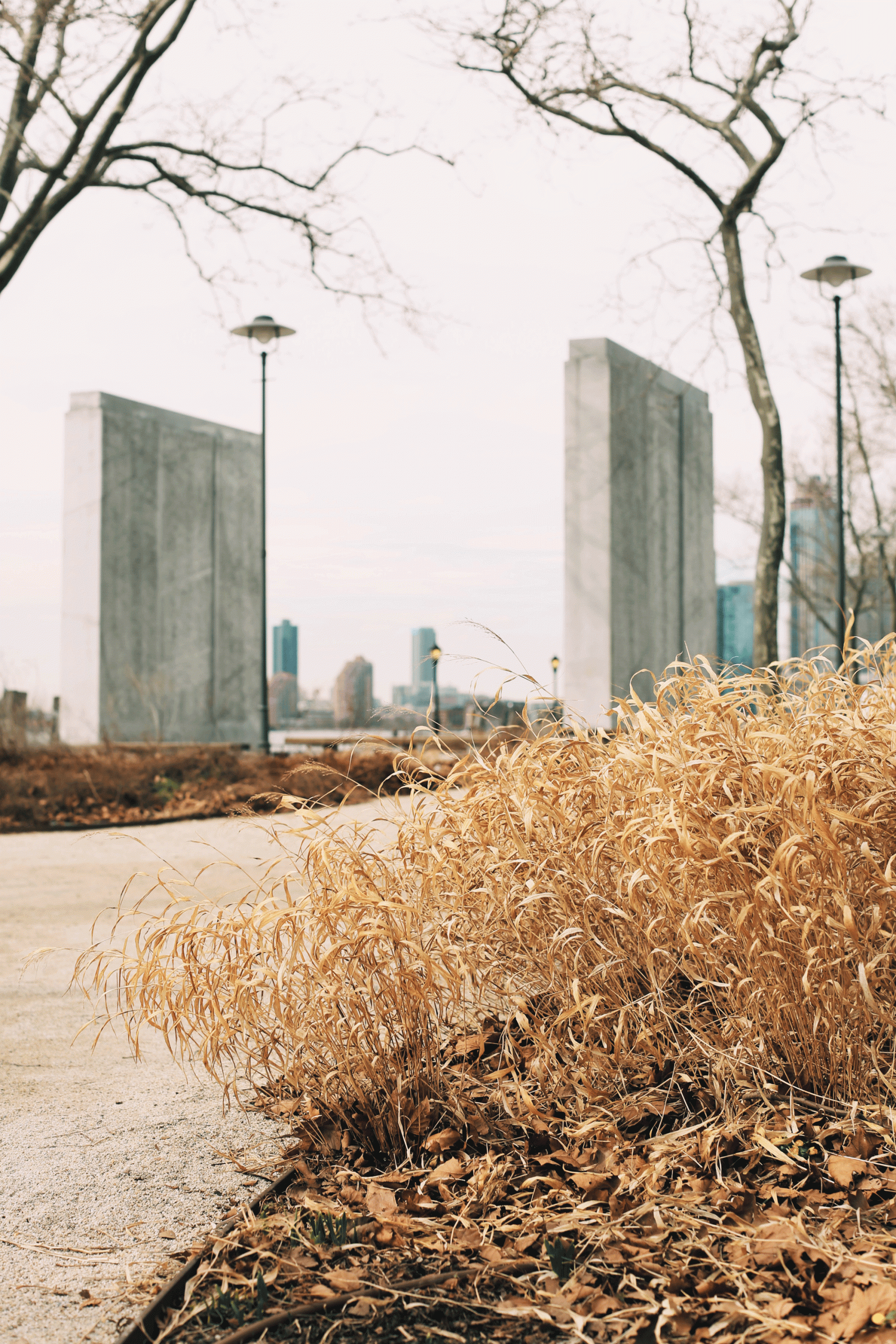
Unlike annuals and biennials, which live for only a year or two, perennials are plants that live for a number of years (anywhere from three to over 100 years). While a tree is technically a perennial, Piet, following in the footsteps of Dutch garden designer Mien Ruys, focused on herbaceous perennials, which die down to the ground over winter and emerge in the spring.
Piet used his own nursery to familiarise himself with perennial lifecycles, enjoying the way flowers would wilt and brown before dissolving throughout the year. This approach to gardening is inherently more sustainable than the annually renewed planting that has been favoured by many garden designers, particularly in civic settings.
Piet started to celebrate the lifecycles of native perennials in his private garden designs, and later large public parks in Germany, Sweden and England. After making his name in the United States as part of the winning team for the design of the Lurie Garden at Millennium Park in Chicago (designed in 2000, opened in 2004), Piet was visited in Amsterdam in the summer of 2002 by Warrie Price, founder of The Battery Conservancy. Impressed by Piet’s work, Warrie invited the garden designer to embark on his first trip to New York later that year, commissioning him soon after to complete a horticultural master plan for The Battery at the southern tip of Manhattan.
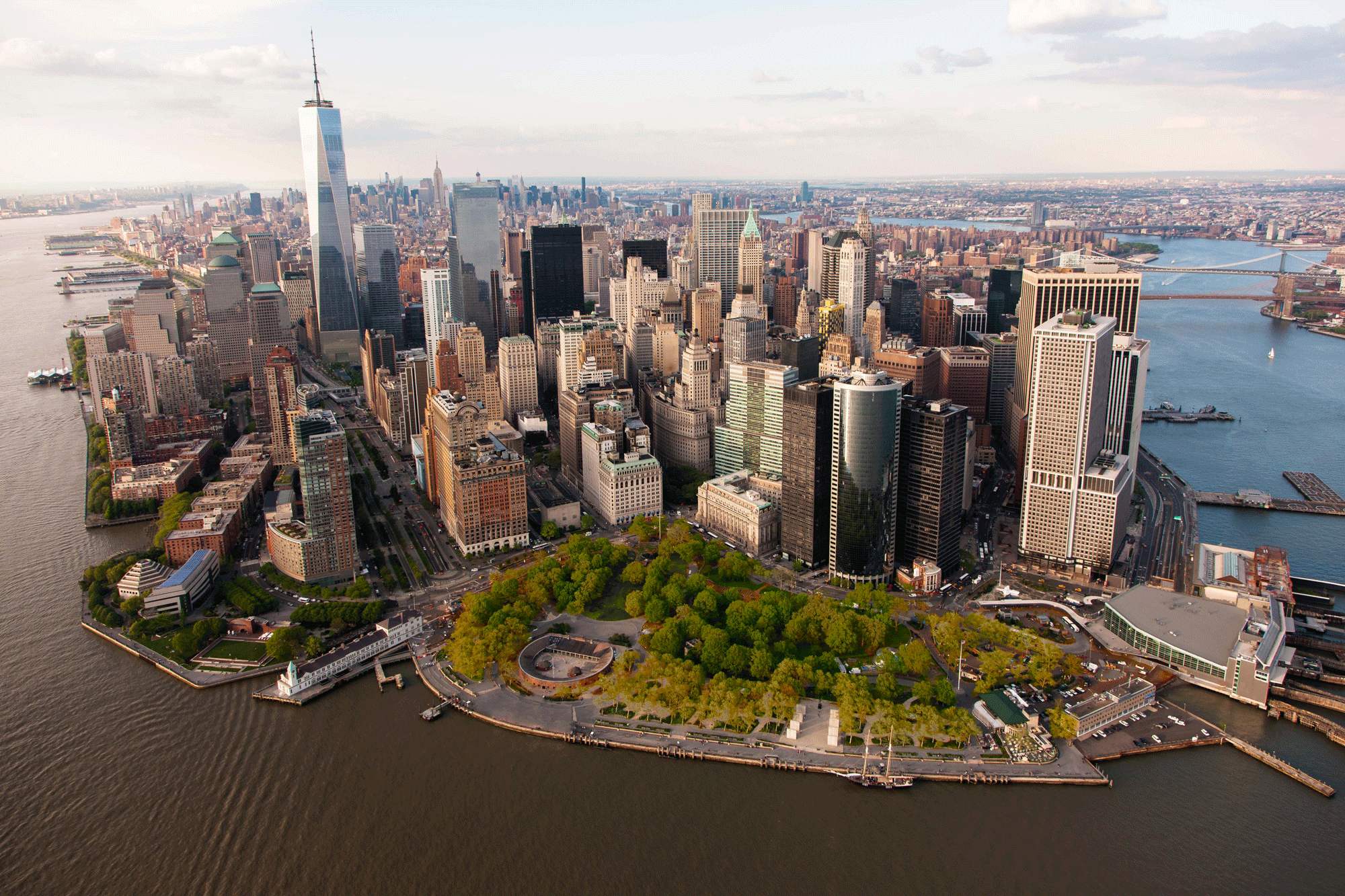
With over 18,000m2 of planting, Gardens of Remembrance at The Battery, which opened in 2003, are regarded as the largest perennial gardens in North America, free and open to the public every day of the year. Fifteen years later, they are still a perfect example of the New Perennial Movement, with swathes of native grasses and flowering perennials lining the water’s edge, bowing in the wind and changing with New York’s famously distinct seasons.
The gardens at The Battery also exemplify Piet’s ‘matrix’ approach to design. Where, traditionally, 20th-century garden design relied on simple, graphic blocks of single-species planting (the so-called ‘block planting’ style), the New Perennialists took a more naturalistic approach, repeating monocultural drifts to create a rhythmic pattern.
As his career progressed, however, Piet embraced the matrix style, where a limited palette of visually quiet plants, such as grass, is mass-planted, with more visually dominant species, or primary plants, scattered throughout. In his book Planting, A New Perspective, he makes an analogy with the fruitcake, where the dough is the matrix plant, and the fruits and nuts are primary plants.
Since the first stage of the project opened to the public in 2009, the High Line has become one of the world’s celebrated urban renewal projects, and Piet’s planting now has a global fan base of its own.
James Corner, of James Corner Field Operations, was struck by the new planting at The Battery and, in 2004, included Piet, along with Diller Scofidio + Renfro, in the winning team for the renewal of the High Line. From the beginning, Piet’s planting was a critical element of the scheme: the evocative original renders called for mosslands, tall meadows, woodland thickets and mixed perennial meadows. Piet’s scheme for the High Line referenced the wild plants that self-seeded and naturally emerged after the viaduct was decommissioned in 1980.
Since the first stage of the project opened to the public in 2009, the High Line has become one of the world’s celebrated urban renewal projects, and Piet’s planting now has a global fan base of its own.
With over five million visitors walking the High Line each year, and countless Instagram posts, it is hardly surprising that Piet’s philosophy, and that of the New Perennial movement, has inspired garden designers in New York, and around the world. His revolutionary approach to landscape design has also been the subject of a 2017 documentary, Five Seasons: The Gardens of Piet Oudolf.
Acknowledging the different microclimates punctuating the 2.3 kilometre linear park, Piet’s scheme for the High Line incorporates approximately 400 plant species in 13 garden zones. These zones include grasslands, such as the Chelsea Grasslands, where prairie grasses form a matrix for spectacular primary plants including copper irises and sunflowers; wetland gardens, such as the Diller-von Furstenberg Sundeck at 14th Street, which is lined with water channels, filled with native mallows, cattails and milkweeds; and woodlands, such as the Gansevoort Woodland, which is distinctive for its shiny white-trunked birches and serviceberry shrubs. Shallow soils have proven challenging, with trees limited to four distinct sections. Shade is in abundance, however, with the increasing number of high-rise apartments along the length of the famous walk. This shift in the microclimate is distinctive and must be accounted for as the landscape and plant palette evolves. The gardens require relatively little maintenance: plants change throughout the seasons, wilting and crumbling over winter, before a team of gardeners descends, each March, cutting around 100,000 plants to the ground in preparation for spring.


The New Perennial Movement is intrinsically place-specific, favouring native plants and the biodiversity they support. While these new planting designs might be mimicked elsewhere, New York’s new green character is, by its nature, unique. Even so, as I wandered the Piet-inspired landscapes during my short trip, I thought of my own tiny New Perennialist–inspired garden in inner Melbourne – a hardy, sustainable garden, reflecting the principles I learned in this city. Suddenly, it occurred to me that this time it would be easier to step on the plane for the long flight home. As much as I would miss the city, now I had a small piece of New York at my front door.
A warm thanks to Elliet for contributing this article to our print issue #11: Transitions, which you can pick up for free at select stockists in Melbourne and internationally. If New Perennialism has intrigued you, you may be interested in this recent documentary on Piet’s work.



